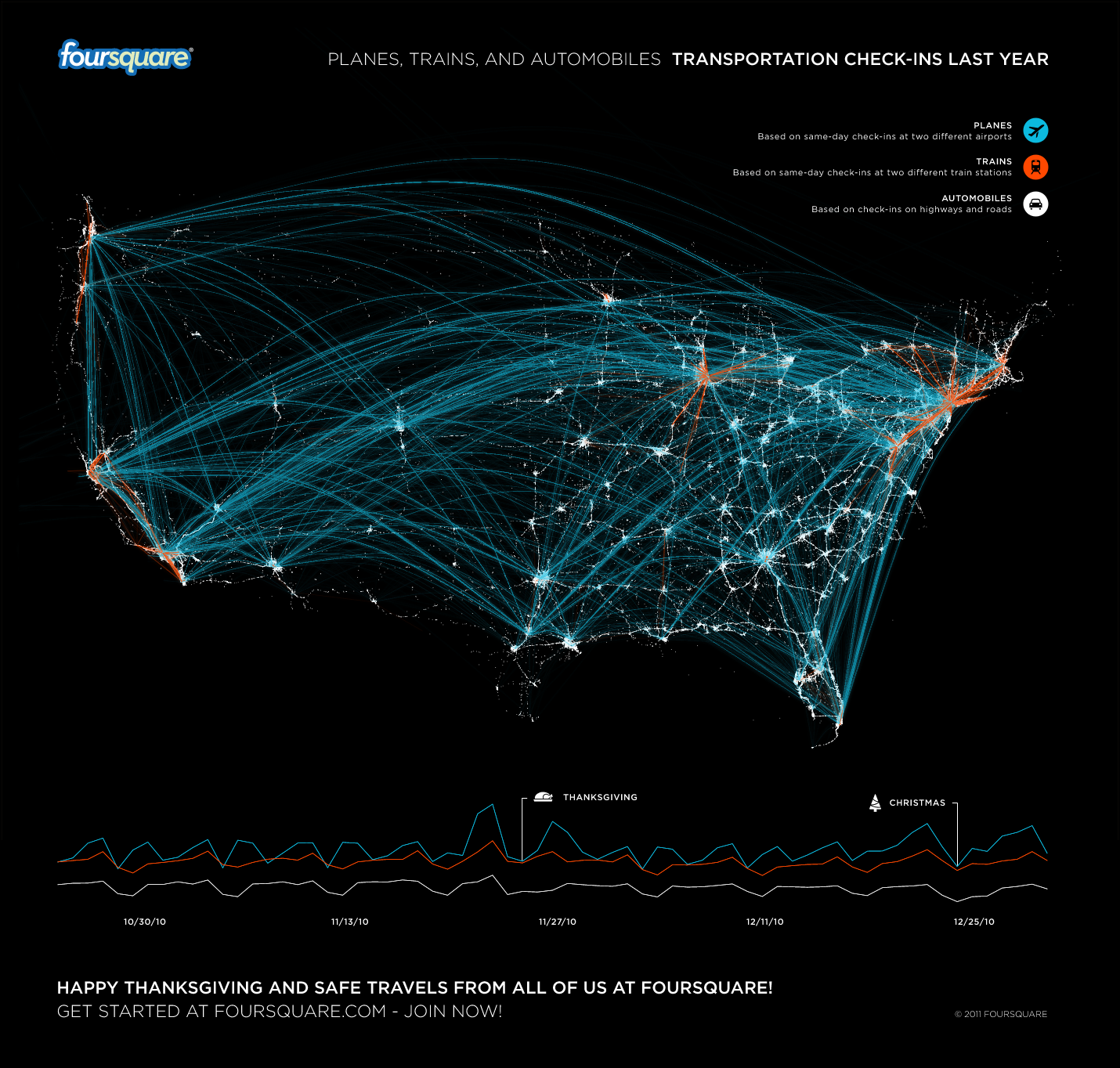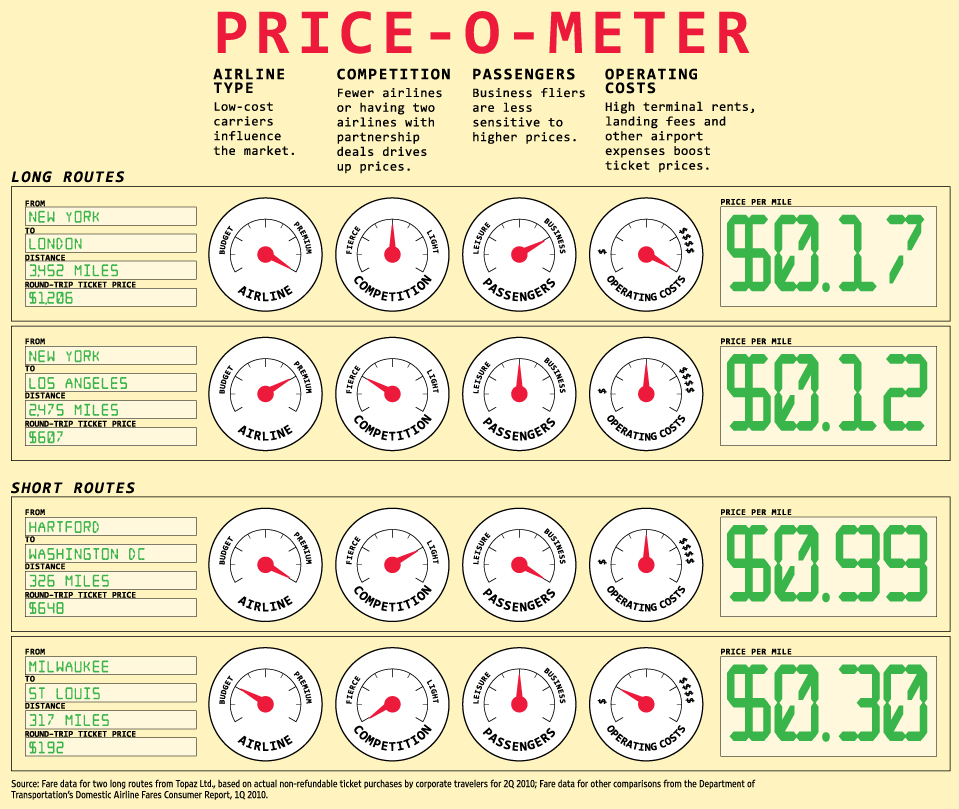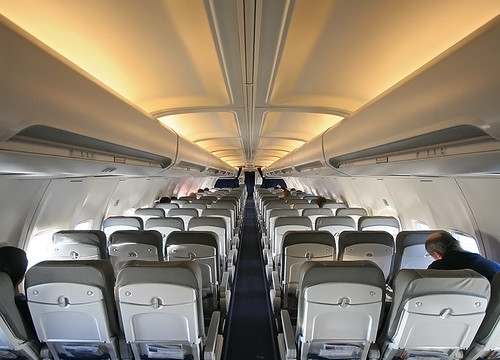Air New Zealand = Awesome Sauce! Their new in-flight safety video enlists Hobbits to get your attention
It is official. I declare that Air New Zealand is the most fun airline on this planet. You ask why? Check this video below and you will agree with me wholeheartedly. Always known for pushing the envelope, Air New Zealand packaged an important safety message into a well-made hobbit themed video that is not only fun to watch but also compelling enough to get you to pay attention. For this brand new Hobbit inspired Safety Video, Air NZ partnered with WETA Workshop and it features cameo appearances including Sir Peter Jackson. What’s better? Visit http://www.airnzcode.com/hobbitmovie to Find and Unlock the Elvish Code for your chance to win one of six double passes to the World Premiere Screening of The Hobbit: An Unexpected Journey in New Zealand on the 28th of November 2012
I’ve not had a chance to fly #airnzhobbit but one of these days I’ll definitely do so to experience the fun. Oh, why can’t the other airlines take a leaf (or two) from #airnz and do such creative infusion into their drab and stale “professional looking” safety briefings. “If you need little more inflation, blow into your mouth piece..” LOL.
[yframe url=’http://www.youtube.com/watch?v=cBlRbrB_Gnc&hd=1′]














